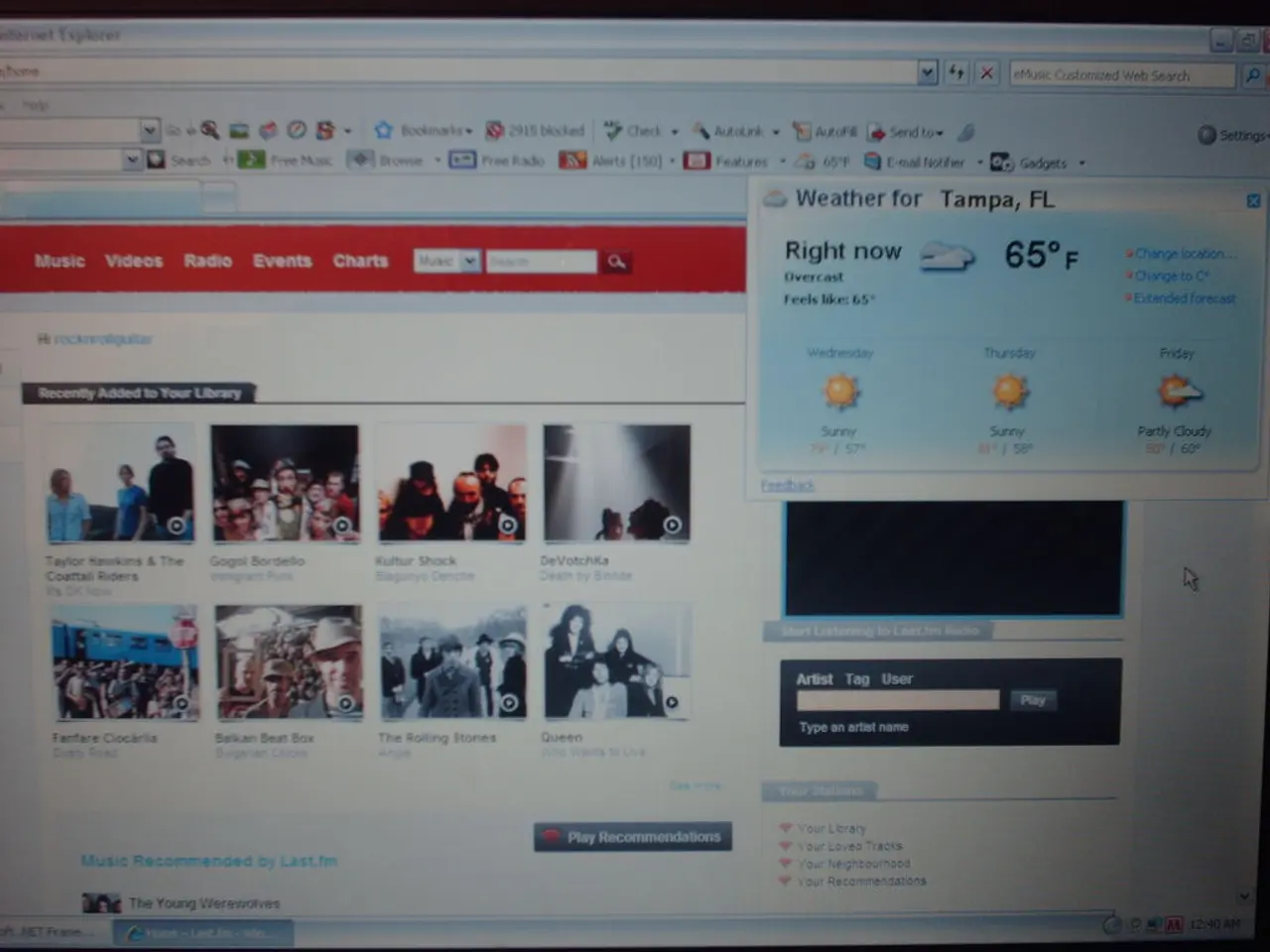Increase in Lengthy Video Watching on YouTube by 8% in the Year 2024
In the ever-evolving world of online video consumption, a fascinating trend has emerged among U.S. young adults aged 18-24. According to the Digital i research, there has been a notable shift in YouTube content consumption patterns from 2023 to 2024, reflecting a complex interplay between long-form and short-form video consumption.
While YouTube Shorts have experienced a dramatic surge, tripling daily views from about 70 billion in March 2024 to 200 billion by mid-2025, long-form content continues to hold significant sway in terms of engagement and monetization. In 2024, approximately 44% of the top YouTube ads were placed in long-form videos lasting between 4 and 11 minutes, indicating continued advertiser interest in longer content formats.
Young adults, particularly Gen Z, demonstrate a strong affinity for YouTube long-form content, particularly in genres such as fan culture, reviews, and analysis. For instance, 92% of fans aged 14-44 watch YouTube weekly, and a significant portion of Gen Z create or consume fan videos, reviews, and reaction content. Furthermore, 74% of Gen Z spend more time watching reviews or analysis videos than the original content, suggesting that long-form, in-depth videos are highly valued among this group.
The engagement rate on YouTube content saw a slight decrease from 3.97% in 2023 to 3.87% in 2024 overall. However, long-form videos maintain strategic importance, given YouTube’s strong advertiser investment and the growth in TV-based viewing.
U.S. young adults aged 18-24 years old watching YouTube on mobile devices showed a more pronounced trend, with an increase of 21 percentage points in the amount of time spent viewing content of 30 minutes or more during the same period. By the end of October 2024, long-form YouTube content accounted for 73% of all viewing time on the platform, according to Digital i.
It is worth noting that the Digital i research only focuses on the U.S. market and does not provide information about trends in other countries. The research was conducted by Digital i, a provider of cross-platform streaming data and analysis.
For those seeking more insights into the professional video industry, including news, trends, and product and tech information, the TV Tech Newsletter is an invaluable resource. The TV Tech Newsletter can be subscribed to by signing up below.
In conclusion, the trend suggests a dual consumption pattern where YouTube Shorts capture attention through rapid, short clips, while long-form content attracts young adults interested in deeper, more immersive video experiences. The average viewing time for long-form content remains substantial, but specific minute-by-minute viewing data for the 18-24 group is not detailed in the available sources. The research findings illustrate how U.S. users are spending more of their viewing time on longer content, yet the types of long-form content driving this increase are not specified.
In the ever-evolving digital media landscape, long-form YouTube content continues to hold significant sway among U.S. young adults aged 18-24, especially in genres like fan culture, reviews, and analysis. Despite the surge in YouTube Shorts, traditional long-form videos maintain strategic importance due to their high engagement and monetization potential. Notably, young adults in the U.S. spent 21 percentage points more time viewing long-form content (30 minutes or more) on mobile devices between certain periods. By the end of October 2024, long-form YouTube content accounted for 73% of all viewing time on the platform, according to Digital i research. Thisinteresting trend signifies a dual consumption pattern where short-form content captures attention through rapid, short clips, while long-form content attracts young adults fascinated by deeper, more immersive video experiences.




